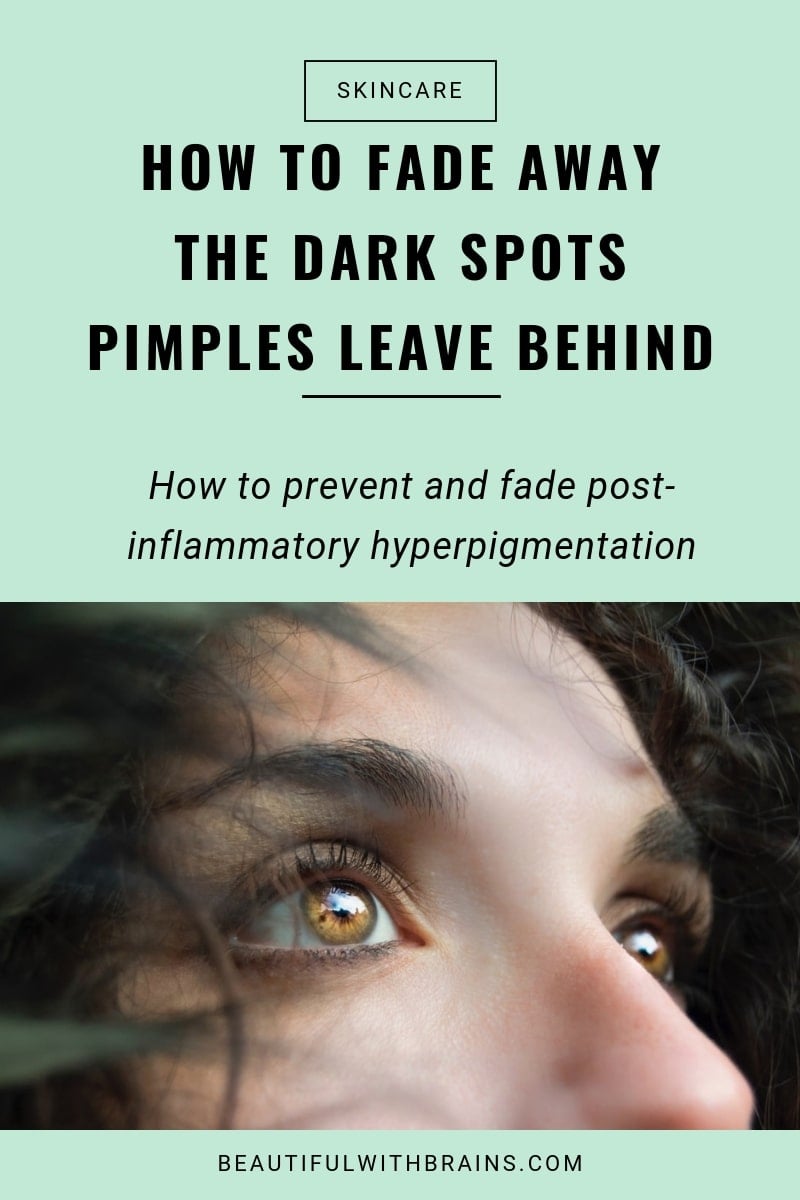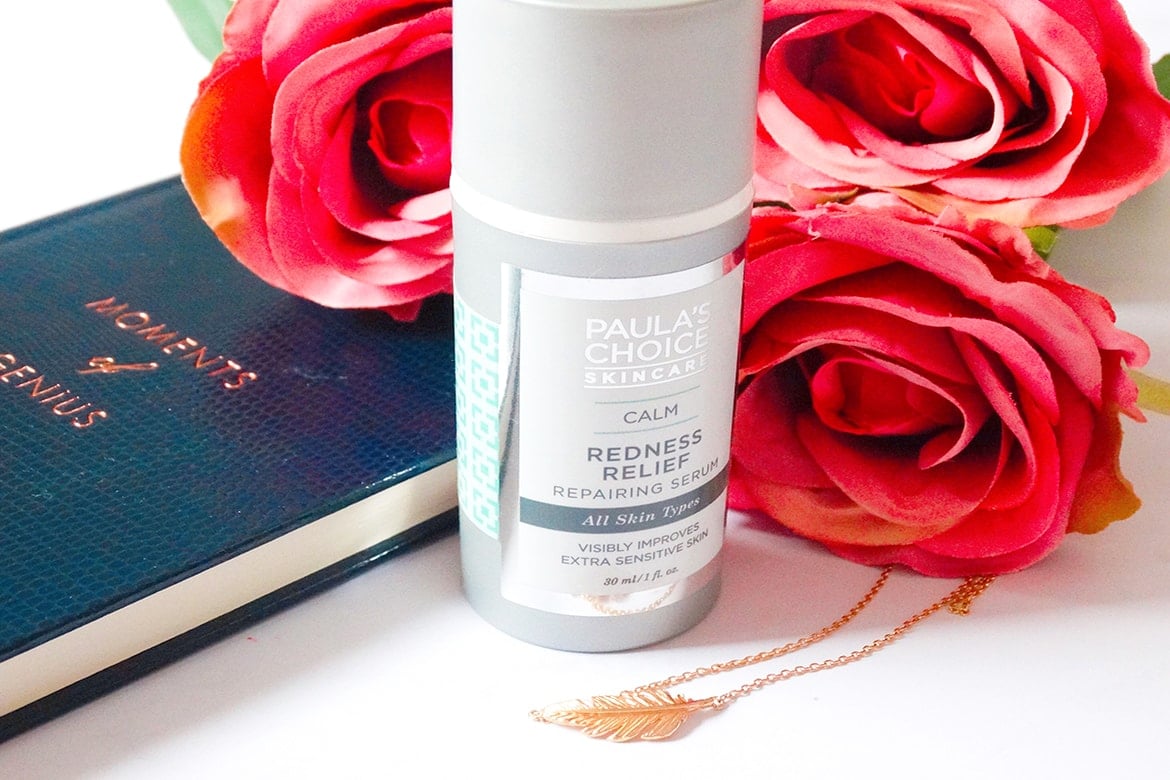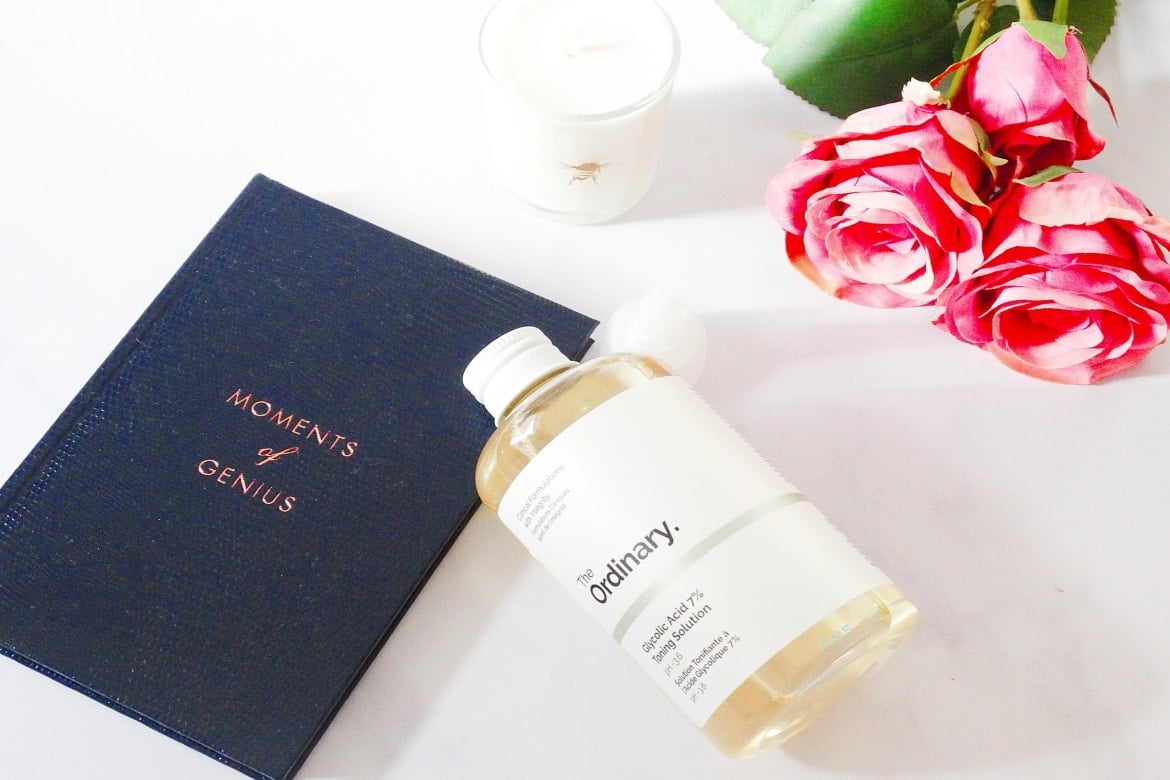Pimples love revenge.
Dare give them the boot and they’ll leave a dark mark where they used to be. Ugh.
It’s like you’re fixing a problem only to cause another. *sighs*
FYI, this pimple revenge has a scientific name: post-inflammatory hyperpigmentation (I know, it’s a mouthful!).
It sounds like something horrible, doesn’t it? Good news, it’s nothing to worry about. Post-inflammatory hyperpigmentation (or PIH for short) goes away on its own.
The bad news? It can take months. If you’re the impatient kind (I SO am!), here’s how you can speed up the process and fade post-inflammatory hyperpigmentation away faster:
What Is Post-Inflammatory Hyperpigmentation?
PIH is a type of discolouration left behind by inflammation.
Short version: something inflamed your skin. Your skin reacts by leaving some pigment behind.
Long version: your skin is under attack. Something is hurting it. To protect itself, your skin triggers inflammation. Inflammation sends plenty of white blood cells (your body’s natural police force) into the bloodstream. This increases blood flow to the injured area, which now turns red.
Problem is, your body’s police doesn’t come alone. Your body sends melanocytes to the scene of the crime, too. Melanocytes are the cells that make melanin, the pigment that turns your skin dark.
Melanin is the reason your skin tans. Its job is to protect skin from UV rays by turning it a darker hue (yes, that beautiful tan you crave is skin DAMAGE. The more you tan, the more damage you’re inflicting to your skin). Plus, melanin is also an antioxidant that gets rid of those harmful free radicals.
No wonder your body asks it to help out, too!
Struggling to put together a skincare routine that banishes excess oil and pimples? Download your FREE “Best Skincare Routine For Oily Skin” to get started (it features product recommendations + right application order):
What Causes Post-Inflammatory Hyperpigmentation?
I’m focusing on pimples here, but they aren’t the only thing that gives you PIH. Other culprits are:
- Acne
- Allergies
- Contact dermatitis
- Eczema
- Injury
- Pimples
- Psoriasis
- Rosacea
- Scratches
- Shaving
Basically anything that triggers inflammation can give you PIH.
Related: How To Deal With Rosacea
How To Prevent Post-Inflammatory Hyperpigemtation
PIH isn’t a done deal. Just because your skin is inflamed, it doesn’t mean melanin needs to leave behind any dark patches. I’ve had plenty of occasional zits and no PIH. In fact, I had to deal with PIH from a zit only once (lucky, I know).
So how you prevent PIH?
Easy. If PIH is caused by inflammation, it follows you need to load your skincare routine with anti-inflammatory ingredients. Here are a few of my fave:
- Allantoin
- Bisabobol
- Calendula
- Feverfew
- Green tea extract
- Linoleic acid
- Licorice extract
- Oats
- Resveratriol
- White tea
Best Picks:
- Boscia Green tea Oil-Free Moisturiser ($38.00): available at Sephora
- Paula’s Choice Calm Redness Relief Repairing Serum ($34.00): available at Paula’s Choice
- Paula’s Choice Resist Omega+ Complex Serum ($36.00): available at Dermstore, Feel Unique and Paula’s Choice
Related: 9 Soothing Ingredients That Calm Down Irritated Skin
How To Treat Post-Inflammatory Hyperpigmentation
I bet you know by now how to deal with PIH. If melanin is the culprit, you need to use skin-lighteners that can stop its production in its tracks. Here are a few of my fave picks:
- Glycolic Acid: My favourite exfoliating ingredient, glycolic acid removes the darker, more damaged cells on the surface of the skin and exposes the newer, more even-toned ones lurking underneath. While it’s at it, it also hydrates skin and boosts collagen. See why it’s my fave now?
- Retinol: Like all forms of Vitamin A, retinol speeds up cellular turnover, the skin’s natural exfoliating process. This means that damaged, dark cells slough off, leaving brighter ones in their wake. Plus, it boosts collagen and kicks free radicals in the butt.
- Vitamin C: This antiaging superstar is better known for its wrinkle-fighting properties, but it also fades dark spots and brightens the complexion.
- Arbutin: An extract derived from bearberry leaves, it turns into hydroquinone in the body (but doesn’t have its side effects). It stops melanin production in its tracks.
- Hydroquinone: The gold standard in treating all kinds of dark spots and pigmentation. It works by inhibiting the production of melanin but it’s harsh and can cause ochronosis (gives skin a bluish tint) in darker skin tones.
I’ve listed these in the order I would use them to deal with PIH. I’d start with gentler remedies like glycolic acid or vitamin C and move on to the big guns like arbutin if they worked too slowly. I’d leave hydroquinone as the last resort. It’s the most effective but the most “dangerous” (all powerful weapons are double edged, aren’t they?).
There are plenty more options to deal with hyperpigmentation if these don’t work for you. Click here for the full list of skin-lighteners with their pros and cons.
Best Picks:
- Dr Dennis Gross Ferulic Acid + Retinol Brightening Solution ($88.00): available at Dermstore, Nordstrom, Sephora and SpaceNK
- Paula’s Choice Skin Perfecting 8% AHA Lotion ($29.00): available at Dermstore, Nordstrom and Paula’s Choice
- The Ordinary Ascorbic Acid 8% + Alpha Arbutin 2% (£10.00): available at Asos, Beauty Bay, Cult Beauty, Feel Unique, Sephora, and Ulta
Related: The Battle Of The Skin-Lighteners: What’s The Best Alternative To Hydroquinone?
The Bottom Line
Inflammation + melanin = post-inflammatory hyperpigmentation galore! Fade it away with skin-lighteners and keep it from coming up with anti-inflammatory ingredients.





Hi Gio,
I am so grateful for all the useful information you provide us. I have this problem on other parts of my body due to ingrown hair. I started to use Paula’s Choice 2% BHA Bodylotion and want to add The Ordinary Magnesium Ascorbyl Phosphate 10%. Is it a good combination? And What should be the order? Thank you for the answer!
Fruzsi, yes you can use them together if your skin isn’t sensitive. Exfoliate first and then add vitamin C.
Hi Gio,
Can i use klairs vit C and the ordinary alpha arbutin together in the my pm skincare routine? Which should go first?
Maya, if your skin isn’t sensitive yes. Apply vitamin C first.
I’ve had great results using Azelaic Acid to fade red marks from zits.
Geo, that’s another good option, I agree.
Hi Gio, I’ve read that rosehip oil and Bi-Oil is also supposed to help, can you confirm that ? I have very sensitive skin and lots of post-inflammatory hyperpigmentation and want to know which products I should buy. I’m still confused about the large amount of choice available. Which products from “the Ordinary” collection are the best? and how about the alpha-h beauty sleep power peel, or liquid gold? Is there anything particular you would recommend for my kind of skin? Thanks in advance for your help! All the best, Meli
Meli, start with a glycolic acid exfoliant. Paula’s Choice AHAs exfoliants or The Ordinary Glycolic Toner are good picks. Alpha-H isn’t bad but a bit more irritating than the others.
hey Gio,
I found your page while searching for The ordinary products and I must say you have done an excellent job 🙂
Beside that I want to ask you , i am using mandelic acid by the ordinary as a toner/acid every PM and my face feels so good but i was thinking in changing and go for the Glycolic acid toning solution or to combine sth else with mandelic acid , some days in a week mandelic and some days another one. which one do you recommend?
thanks a lot
Peg, use only ONE exfoliant. If you’re happy with mandelic, there is no reason to change.